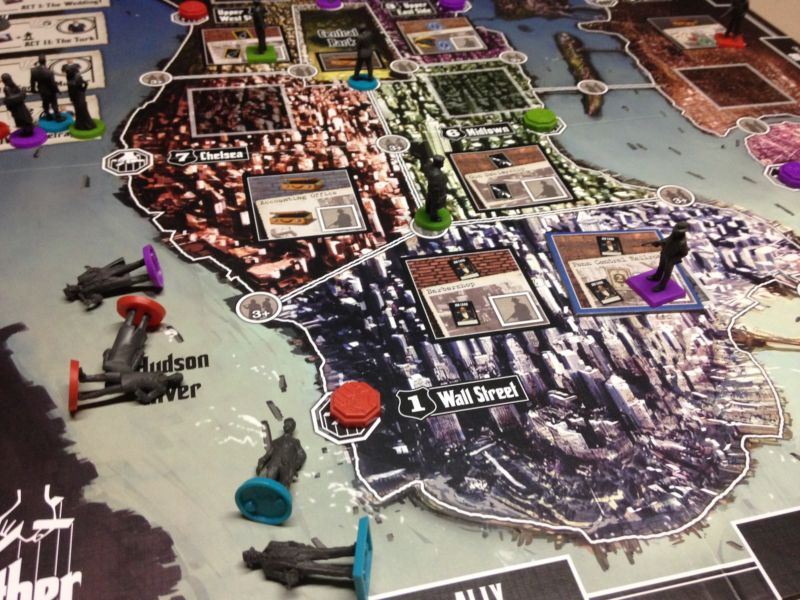
The film requires the intelligent participation of the viewer as Michael attempts to discover who betrayed him and attempted his assassination, he tells different stories to different people, keeping his own counsel, and we have to think as he does so we can tell the truth from the lies. And his exposition is inventive and subtle. As in the earlier film, he reveals himself as a master of mood, atmosphere, and period. Michael is played, again and brilliantly, by Al Pacino, and among the other familiar faces are Robert Duvall as Tom Hagen, the family’s lawyer Diane Keaton as Michael’s increasingly despairing wife Kay and John Cazale as the weak older brother Fredo.Ĭoppola handles a lot of this material very well. Coppola devotes the rest to Michael Corleone, who has taken over the family’s business after his father’s death, has pulled out of New York, and consolidated operations in Nevada, and has ambitions to expand in Florida and Cuba. This story, of Don Vito’s younger days, occupies perhaps a fourth of the film’s 200 minutes. His family is killed by a Mafia don in Sicily, he comes to America at the age of nine, he grows up (to be played by Robert De Niro), and edges into a career of crime, first as a penny-ante crook and then as a neighborhood arranger and power broker: a man, as the movie never tires of reminding us, of respect. He gives us, first of all, the opening chapters in Don Vito’s life.

In doing so, it provides for itself a structural weakness from which the film never recovers, but it does something even more disappointing: It reveals a certain simplicity in Coppola’s notions of motivation and characterization that wasn’t there in the elegant masterpiece of his earlier film. “The Godfather, Part II” moves both forward and backward in time from the events in “The Godfather,” in an attempt to resolve our feelings about the Corleones. What exactly were we supposed to think about him? How did Coppola feel toward the Godfather?

Don Vito Corleone as portrayed by Marlon Brando in “The Godfather” was a man of honor and dignity, and it was difficult not to sympathize with him, playing with his grandchild in the garden, at peace after a long lifetime of murder, extortion, and the rackets. If it were not that the family business was crime, these films could be an inspiration for us all.Ĭoppola seems to hold a certain ambivalence toward his material. In a crazy way, “The Godfather” and its sequel belong in the same category with those other epics of immigrant achievement in America, “ The Emigrants” and “The New Land.” The Corleone family worked hard, was ambitious, remembered friends, never forgave disloyalty, and started from humble beginnings to become the most powerful Mafia organization in the country. The Corleone saga, as painted by Francis Ford Coppola and Mario Puzo in two films totaling nearly seven hours, has been a sort of success story in reverse.


 0 kommentar(er)
0 kommentar(er)
